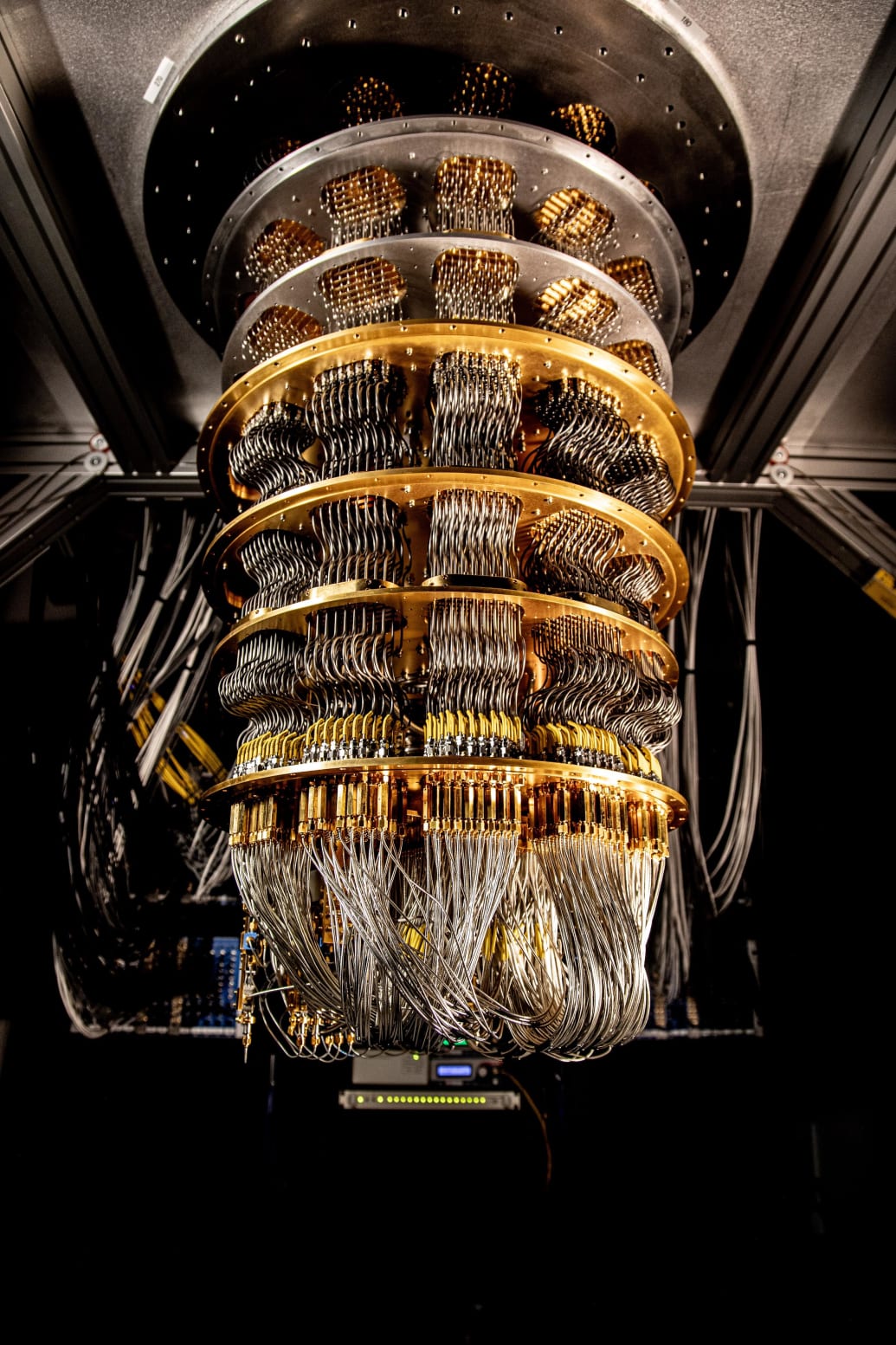While the new Ant-Man movie might have you thinking that quantum computing can create a portal to a whole other realm of reality, the truth is quantum computing’s potential effects on the world are much less grandiose—and also a lot more difficult to achieve. Despite being a conceptual reality since the 1980s, fully operational quantum computers are still something of a great white whale for scientists. The biggest reason for this is because, like your teenage years, quantum computing is notoriously unstable.
Quantum computing is supposed to be an answer to the problem with transistors: a kind of switch that exists in every kind of computer from your PC gaming rig right down to your cell phone. They act as a switch controlling the flow of electric volts known as bits that transmit data. A bit is conceptualized as either a one (high voltage) or a zero (low voltage). All the computers you interact with each day are just a combination of transistors relaying complex pieces of data and information to you.
While technology has advanced to the point where we can shrink down transistors to incredibly tiny sizes, there’s a limit to how small we can make them and, therefore, how powerful our computers can be. That’s where quantum computing comes in. Instead of using transistors and normal bits that can only be either a one or a zero, a quantum computer uses qubits, which can be as small as photons and are capable of being one and zero at the same time in a state called superposition. This allows a single qubit to store all the combinations of ones and zeroes that ten bits stores.
But qubits are incredibly unstable, and react to the presence of other qubits or even infinitesimal environmental changes. These errors are the primary reason why fully operational quantum computing still isn’t a reality. If scientists can figure out a way to reduce the errors via a process dubbed quantum error correction, then we have a much better shot at creating a viable quantum computer.
“It’s a necessary rite of passage that any maturing quantum computing technology has to go through,” Hartmut Neven, the engineering director at Google Quantum AI, said at a press briefing Tuesday.
“We believe that quantum error correction is the single most important technology for the future of quantum computing,” Julian Kelly, a computer scientist at Google Quantum AI, added in the briefing. “Building error correction is the only known path to making generically useful and large scale quantum computers.”
Photo of a fully assembled quantum system at Google Quantum AI. Prominently displayed is the dilution refrigerator in which the computations occur, the quantum processor and quantum-limited amplifiers installed at the bottom stage of the refrigerator, various cables connecting bottom to top, and control electronics of quantum computer in the back.
Erik Lucero / Google Quantum AI
Neven, Kelly, and their colleagues have developed a method of error correction by creating an ensemble of qubits to create a surface code logical qubit. This is capable of finding and correcting errors without impacting the data. But there’s a catch: If you scale the amount of logical qubits up, you might paradoxically end up creating even more logical errors.
However, the team at Google was able to create a type of qubit called a surface code logical qubit that lowered error rates even as the system size increased. This means that researchers are much, much closer to overcoming one of the largest hurdles when it comes to quantum computing.
“To our delight, our team was able for the first time to demonstrate in practice that qubits protected by surface code error correction can indeed be scaled to reach lower error rates,” he said. The team published a paper of their findings in the journal Nature on Feb. 22.
For the study, the researchers created a superconducting quantum processor with 72 qubits. They then tested the computer with two surface codes with different lengths: longer and shorter. They discovered that the longer surface code had better qubit performance exhibiting a 2.914 percent error rate. Whereas, the smaller surface code had a 3.028 percent error rate.
That might seem small to the layperson but in reality, it represents a vast improvement—and signals that such surface code logical qubits could help at reducing errors in quantum computing.
“What we’ve shown here for the first time is the system implementing error correction that was good enough and large enough to show that the logical error of it was reduced as the scale of error correction increases,” Kelly explained. “This accomplishment closes out a large scientific technical challenge that has existed in the community for decades.”
The authors recognize that this is just one study and that more research needs to be conducted in order for logical error rates to be low enough for operational quantum computing to occur. However, this is a massive milestone for the system and lays the groundwork for future quantum computers.
So while we might not be getting quantum computers on our phones or offices any time soon, the folks at Google just took a monumental step forward in making it a reality. Hopefully, it goes smoother than their whole chatbot search engine has been going.

